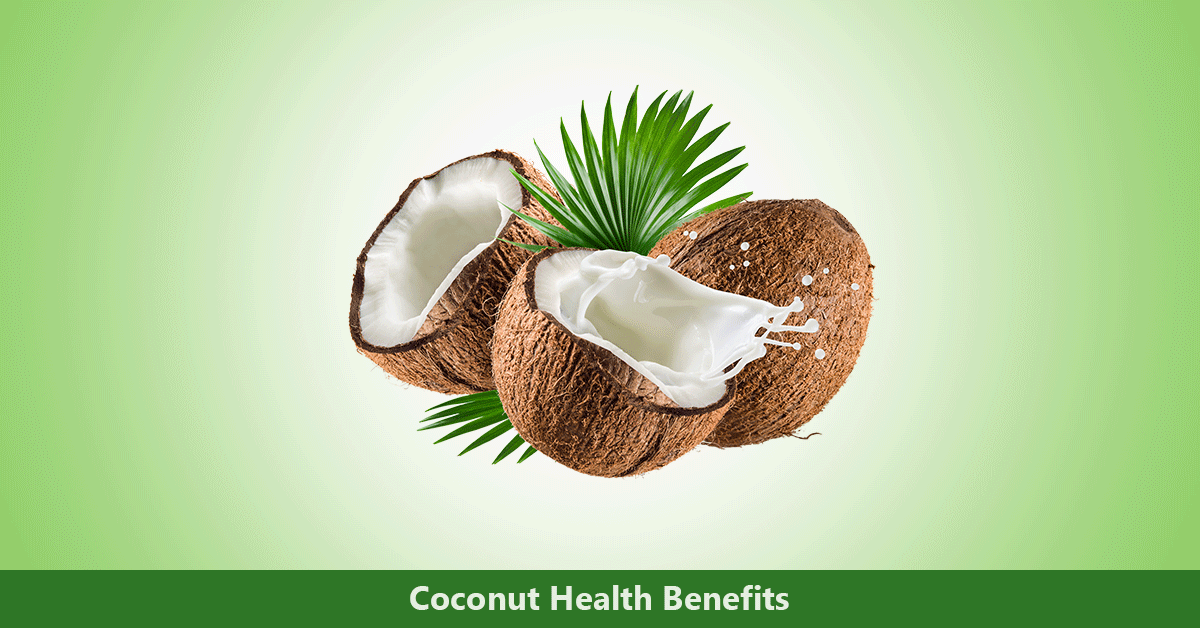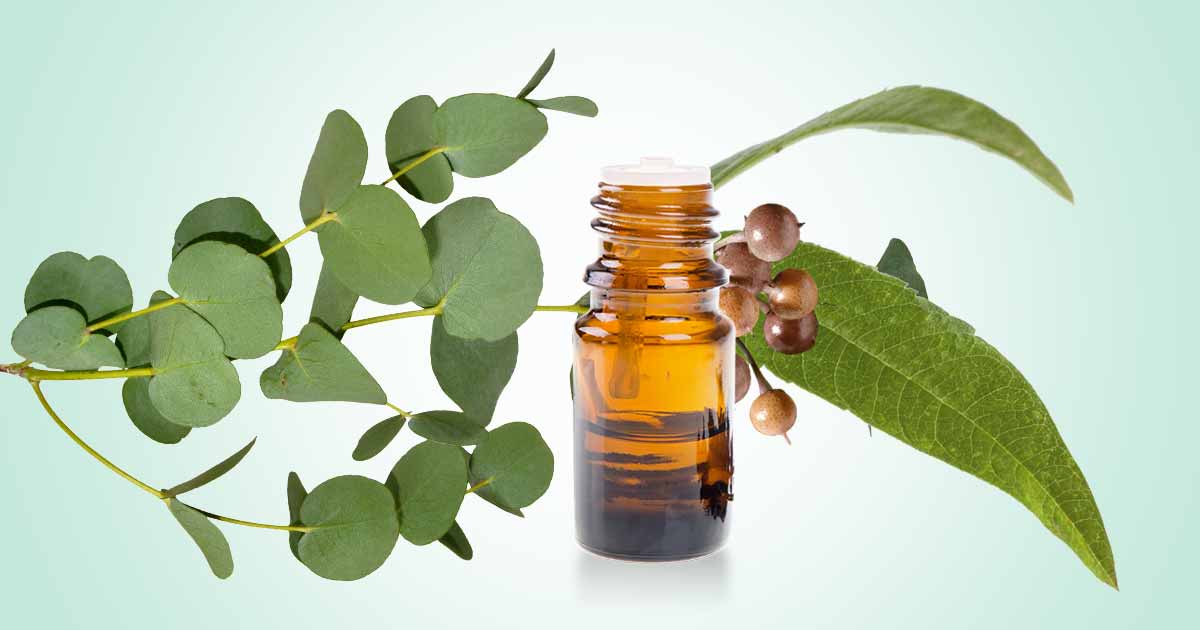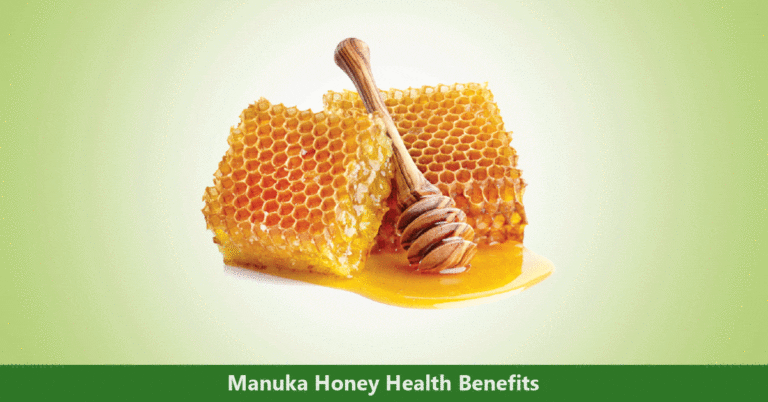Coconut, also called “Cocos nucifera” is a tropical tree belonging to the Arecaceae family and grows in a humid and warm environment. Although, we might assume that the meat, coconut oil or coconut water are the same because they are all gotten from the same source, but they are not.
Coconut tree is indigenous to coastal areas of Southeast Asia (Malaysia, Indonesia, Philippines). Palm trees have offered food, water, fuel, and shelter to people in tropical and subtropical areas for decades and are referred to as “Kalpavriksha” or “Life Tree”.
The fruit consists of three layers known as exocarp, the green and smooth outermost layer, the mesocarp, which is the middle fleshy layer, and the endocarp, the hard and woody layer surrounding the seed.
It is a major source of income and an important plant in the lives and economies of countries like India, Indonesia, Malaysia, Philippines, Singapore, South China (Hainan), Thailand, Sri Lanka, Islands of Andama, Nigeria, Kenya, Jamaica, Ghana, Ivory Coast, Madagascar, Mozambique, Tanzania, Mexico, Venezuela Melanesia Fiji, Papua New Guinea, Solomon Islands, Vanuatu Polynesia Cook Islands, Hawaii, Samoa, Tonga e.t.c.
Other Names:
- Scientific name: Cocos nucifera L. and, rarely, Palma cocos Miller(Not usually used)
- Family: Arecaceae (palm family)
- Subfamily: Cocoideae
- Common names: coconut palm (English), ha‘ari (Society Islands), iru (Palau)
Different Parts and Uses
Literally, almost all the parts found in coconuts are used for different things, for instance;
Coconut Leaf: The leaves are known as the heart of the coconut tree. The young, tender shoots surrounding the bud is a delicacy used in salads. Since harvesting the leaves kills the palm, it is only available when palms are being felled. The young leaves can also be chewed into a paste and applied to cuts to stop bleeding from wounds.
Coconut fruit: The fruit is found to be a source of milk, the flesh used in various cuisines like cookies, candy, chocolate, burfi, desiccated coconut e.t.c. And also the dried coconut meat is a source of oil because the meat contains about 50% water and 35–40% oil used to make neera, jaggery, and flower syrup.
Coconut water: The water can be used to make other things apart from drinking the sweet water. Vinegar, squash, and Nata-de-coco are also gotten.
Coconut oil: The oil is used in as a tan or dye enhancer. The oil is used traditionally with colorants for tapa cloth to make the colors deeper and last longer.
Shell: Coconut shells are dried, ground and turned into powder where it’s widely used in plywood, filler in synthetic resin glues, mosquito could and even incense sticks. The shells are also converted to activated carbon used in many things and as charcoal used for cooking. They are also used to craft kitchen utensils and other carvings like earrings, necklaces, buttons, and brooches.
Timber:
The old stems are used for fences, roofing, floors, furniture, and paddles for canoes, boat or raft, roofing. The trunk may also be used to make kitchen utensils, and handles for axes. In Hawai‘i, the base of the trunk is used to make food containers and hula drums.
Coconut Fiber: Mature green leaves are woven into mats, fans, baskets, trays, hats, thatch, trays, fans. The immature leaves are used for making skirts, body ornaments, baskets. The longest fibers are woven into ropes, cordage, strings, while the thicker, shorter fibers are used in making brushes door mats, brooms, roofing and stuffing for chairs and cushions.
Green leaves are woven into different sizes of baskets for wrapping food preparation in Indonesia and Malaysia, leaves are woven into little baskets used to cook rice.
Types
There are various varieties of coconut species in the world. However, there are two main types of the trees found around the globe. There is the tall coconut that grows up to 50–90 feet and begins bearing fruits after about 7–10 years. It lives 90 to 100 years on an average and are cross pollinated.
The dwarf coconut tree which is the second type grows up to 20–60 feet and begins to bear fruit after 4-5 year, has a life span of 40–50 years and are self pollinated.
Varieties of Coconut
There are some hybrid varieties which are formed through cross-breeding two different type of coconut tree. Here we will be looking at 12 varieties only, and these include:
King coconut:
King coconut is known to grow about an average height of 20m and producing lots of fruits with an average size of 20 to 30 cm long. It has a bright orange color skin in appearance. This fruit is indigenous to the Sri Lankan region and found abundantly in several parts of India.
Golden Malay:
Golden Malay is grown in parts of Bulgaria, and known to be imported from Indonesia. Golden Malay usually grows up to 12 m on an average, and bears fruits at an early stage. This species of coconut produces amazing fruits that appears to be brownish and eventually turns red once entirely ripe.
Its flesh may also be used in cooking and, as with most other variety of coconut, Malay is known to produce high-quality drinking water.
Fiji Dwarf:
Fiji dwarf produces numerous fruits regardless of its short stature. One of the main qualities of Fiji coconut is for the fact that it is extremely durable and can endure poor-quality soil, wind and high rainfall.
The tree flourish in unfavorable conditions and known to have great qualities for disease resistance. This variety has been popular in Florida over a few couples of years. As it ages with time, it increases in height and can grow about 1 foot every year.
Malayan Yellow Dwarf:
Malayan yellow were developed in Malaysia around 1800 and 1900. As one of the dwarf varieties, the Malayan Yellow Coconuts are known to be the most popular of all the other varieties. When young, the fruits are pale greenish and when mature, its leaf stalk and sprouts eventually appears to be pale yellow or brown.
West Coast Tall:
West coast coconut takes around 6 to 7 years before bearing fruits and can grow in almost every type of soil. West coast variety is also known to produce about 80 to 90 fruits yearly, and also yield plenty of water.
East Coast Tall:
East coast coconut is known to bear its fruit around 6 to 8 years. This tree yields around 70 fruit each year, and contains around 64% of oil. They best flourish in loamy soils and any well-drained soil. It’s also found to be capable of withstand to pests like bugs, mites, and other insects to a degree.
Panama Tall:
The Panama Tall, also called Pacific Tall, is a beautiful coconut tree that requires full sunlight, moderately moist soil and can withstand dubious weather conditions like storms and winds. On maturing, it can grow about 90ft (27.43 m) in height.
Macapuno Coconut:
Macapuno variety also known as the Kopyor coconut is of a dwarf variety with a soft flesh, sweet nutty taste and little liquid. It is used in many Asian desserts.
Maypan Coconut:
Maypan coconut is abundantly found in the Jamaican regions. Though it is indigenous to Jamaica, it is also found in parts of Latin America and Florida. The tree grows about 60ft (18.29 m) in height and requires full sunlight, and minimum moisture.
This hybrid tree is a product of the cross-breed between Panama Tall and Malayan Dwarf. This tree was made because of the low resistance to yellowing disease, which affects the growth and development of many other varieties.
Green dwarf Coconut:
Green dwarf coconut trees are known to yield around 60 to 70 dark green fruits every year. Its fruit begins to develop after 3 to 4 years.
Dwarf Orange:
Dwarf orange coconuts are best known for their great fleshy content and sweet water. It’s orange in appearance and has an average lifespan of 40 years, takes around 3 to 4 years for complete maturation and grows about a height of 5m.
Tiptur Tall:
The Tiptur Tall is known for its leather-like leaves that usually produce around 6 to 12 inches (30.48 cm) long coconuts. It takes around 6 to 7 years before it bears its fruit and can produce around 70 to 80 coconuts in each year. This is one of the best coconut varieties to be planted at home because it takes very little maintenance to grow and flourish.
Composition of Coconut
Nutritional Content
Nutritional Value of Mature Coconut Meat Per 100g (USDA) includes:
- Energy: 354 kcal
- Water: 47 g
- Carbohydrates: 15.2 g
- Sugars: 6.23 g
- Protein: 3.33 g
- Fat: 33.5 g
- Fiber: 9 g
Minerals:
- Calcium: 14 mg
- Iron: 2.43 mg
- Magnesium: 32 mg
- Manganese: 1.5 mg
- Phosphorus: 113 mg
- Potassium: 356 mg
- Sodium: 15 mg
- Zinc: 0.67 mg
- Copper: 0.435 mg
- Selenium: 10.1 µg
Vitamins:
- Vitamin B1 (thiamine): 0.066 mg
- Vitamin B2 (riboflavin): 0.02 mg
- Vitamin B3 (niacin): 0.54 mg
- Vitamin B5 (pantothenic acid): 0.3 mg
- Vitamin B6: 0.054 mg
- Vitamin C: 3.3 mg
- Vitamin E: 0.24 mg
- Folate: 26 µg
- Choline: 12.1 mg
Bioactive Constituent
The fiber (mesocarp) contains alkaloids, saponins, flavonoids, phenols, tannins, leucoanthocyanidins, triterpenes, steroids. It is rich in polyphenols like catechins, epicatechins, tannins, and flavonoids. The oil extracted from the solid albumen contains lauric acid and alpha tocopherol.
Available Preparations
Coconut is widely used in various food preparations like rice, juice, and even snacks. They are also used in cosmetics like hair products like body creams, lotion, soaps, perfumes, oil, hair creams, hair masks, shampoo, conditioners e.t.c.
Health Benefits of Coconut
The husk fiber of coconut has reported analgesic, anti-inflammatory, antimicrobial, antiparasitic, anticancer, antimalarial, antileishmanial effects among others.
Antioxidant effect:
The endocarp of the fruit exhibit free radical scavenging property and protect against oxidative damage to cells. This maybe be due to phenolic compounds and flavonoids present.
Weight loss:
The liquid inside the fruit is nutritious and has effect on weight loss. It is also high in essential enzymes, which aids digestion and increases metabolism, facilitating weight. Coconut water is also known to cause fullness in the stomach.
Benefit to the Skin:
The oil gotten from coconut meat has beneficial effect on the skin. It reduces inflammation (swelling of the body part), moisturizer the skin and giving it a softer and healthy appearance. It also aids in the healing of wounds, and has antimicrobial effect, which helps treat acne.
Helps in digestion:
Coconuts are known to be high in dietary fiber, which helps the digestive system to function properly. The fruits are also high in fatty acids, which aids in the absorption of fat-soluble micronutrients like vitamins A, D, E, and K.
Anti-diabetic effect:
Research shows that the consumption of the fruit can reduce the glucose levels in the body, which may be beneficial to diabetes patient.
Bone health and development:
Consuming coconut can be beneficial to the bone due to the calcium content. Calcium is essential for strong and healthy bones, so the intake will help with the nutrients needed for a strong and healthy bone.
Reduces the risk of heart diseases:
Since the fruit reduces insulin levels, and scavenge free radicals, it could help in lowering the risk of heart diseases. It also improves the high density lipoproteins (HDL). The high potassium and low sodium content also means it can help to lower blood pressure, prevent the risk of heart diseases and stroke.
Dosage
A daily dose of 300 mL for high blood pressure.
Interactions
Possible interaction with coconut includes:
- Antidiabetes drugs may interact with the fruit, since it lowers sugar levels. It may cause very low sugar levels when taken with antidiabetic medications.
- It may also low blood pressure. Hence, taking the fruit with blood pressure lowering medication like captopril, amlodipine, lisinopril) may cause the blood pressure to drop too low.
Side Effects
Major side effects of coconut fruits when taken in large amount includes irregular heartbeat, kidney problem, stomach upset resulting to nausea or vomiting. It may also cause allergic reaction in people sensitive to nuts.
Conclusion
The coconut tree has a wide range of benefits and applications as almost all of its part are used to produce a lot of things apart from being used in preparation of food. It is a major source of income for people all around the world.
The trees are found to be economically beneficial in countries like Indonesia, India, and Philippines where it is highly utilized. Although the fruit is very beneficial in terms of it’s health benefits, it should be curiously taken to avoid overdose and side effects.
References
- https://www.rxlist.com/supplements/coconut_water.htm
- https://fdc.nal.usda.gov/fdc-app.html#/food-details/170169/nutrients
- https://directresearchpublisher.org/drjbb/files/2014/01/Ganguly.pdf
- https://www.ncbi.nlm.nih.gov/pmc/articles/PMC4671521/












